Cilantro is a fresh herb that adds so much flavor to a variety of dishes. But, it doesn’t keep fresh for long, unless you store it properly. Learn how to keep cilantro fresh for 2-3 weeks in the fridge with the best two simple methods!

Want to Save This Article?
Enter your email & I’ll send it straight to your inbox. And you’ll get new recipes & tips each week.
Without proper storage (and a plan for how to use it), produce can easily end up in the garbage each week.
Has that happened to you?
Rotten herbs, decayed lettuce, limp carrots…
One great way to save money is to buy seasonal produce and store the food properly!
This week, take a few extra minutes to care for your fresh produce, including that cilantro bunch (which we’ll talk about today).
- Cut carrots & celery and place them in water.
- Store bell peppers cut or whole in the fridge.
- Store fresh herbs and green onions like a bouquet of flowers.
- Store asparagus in a jar of water.
- Wash berries in a vinegar bath.
- Store lettuce with a towel or in a special bin.
LEARN MORE: 6 favorite produce storage hacks
Doing this will save you money and time (allowing you to shop just once for everything you need to make healthy meals).

What is Cilantro?
Cilantro is a leafy green herb from the Coriandrum sativum plant. This popular herb is also referred to as Chinese Parsley, Mexican Parsley, or Coriander. Both the soft stems and leaves may be consumed raw or cooked.
Cilantro has a fresh, almost citrusy, bright flavor. Some people think it tastes like soap, which may be due to a genetic trait.
Cilantro is one of the most popular herbs in the world, used in many different cuisines: Indian, Asian, Caribbean, North African, and Latin American.

What to Look for When Buying Fresh Cilantro
First, it’s important to point out that no matter how you store cilantro, a bad bunch of cilantro is just that. No method will delay the inevitable if the herb has already gone bad.
When buying cilantro at the grocery store or market, look for…
- A loose bunch of cilantro with both stems and leaves intact.
- Vibrant, bright green leaves with little (or no) signs of yellowing or decay (or wilting).
- A vibrant, fresh, citrusy scent.
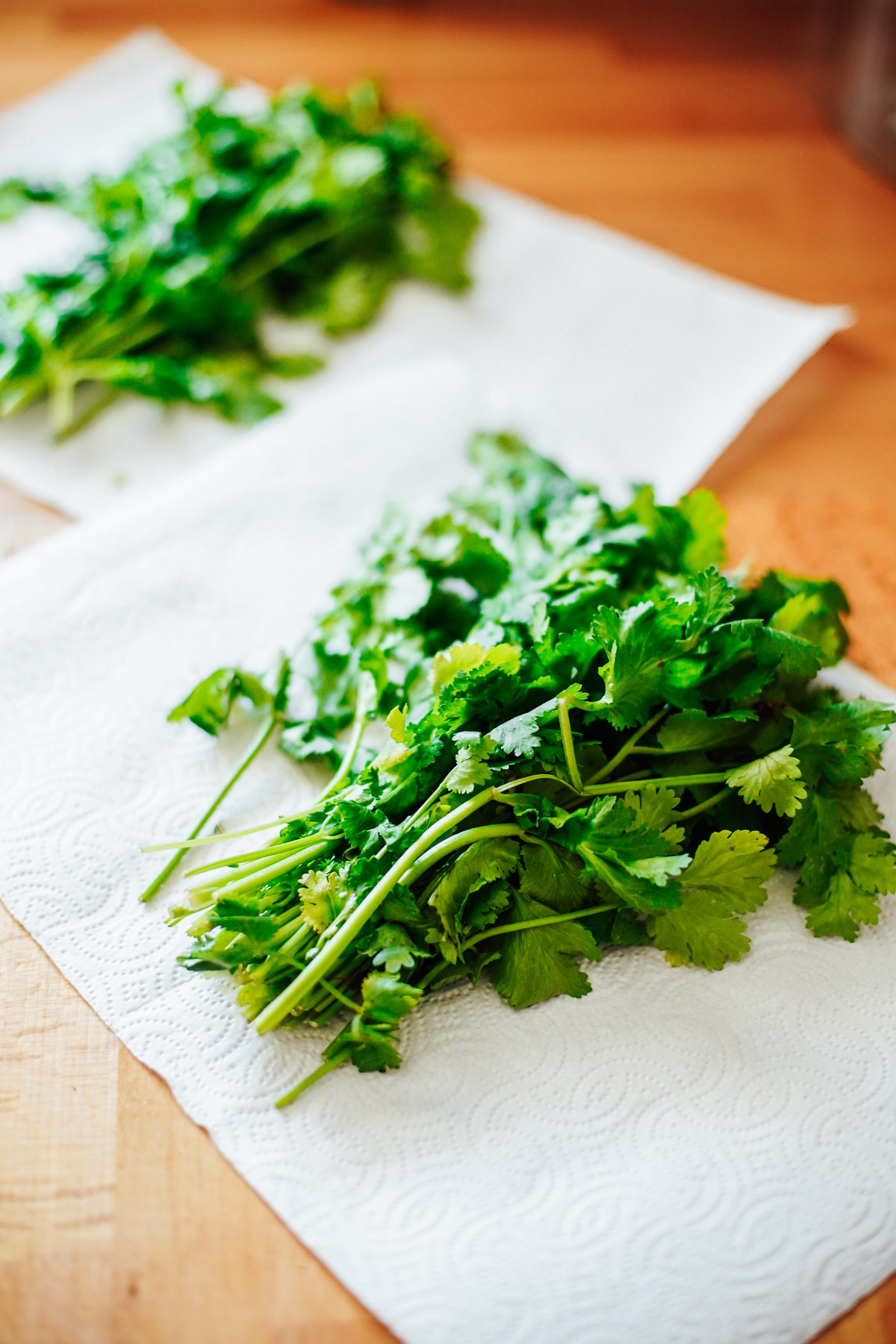
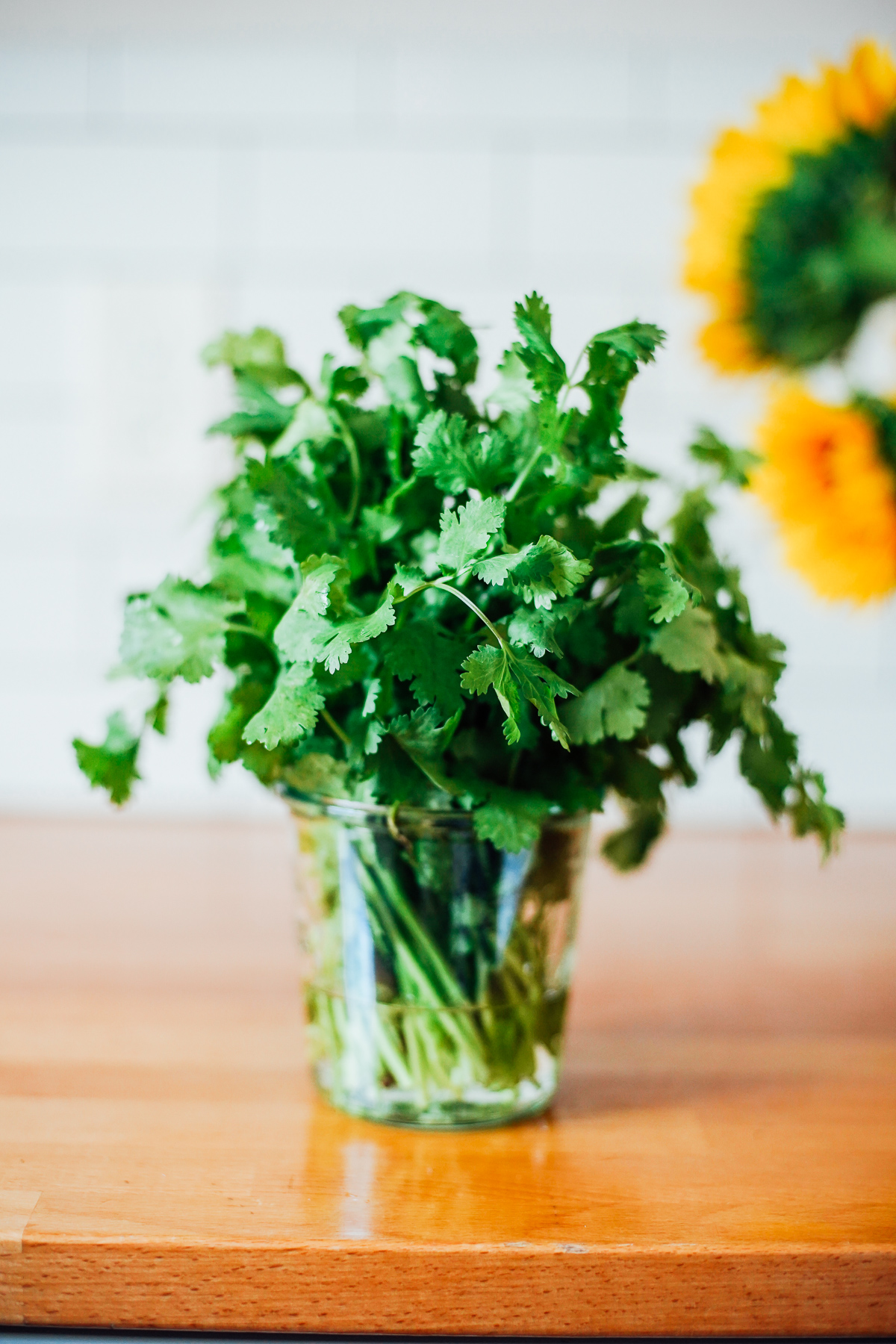
Two Best Ways to Store Cilantro
The two best and easiest ways to store this delicate herb are: in a glass of water or a paper towel. These tricks keep cilantro fresh for about 2-3 weeks.
The most common causes of cilantro decay are:
- Excess water on the leaves (causes spoilage and slimy leaves)
- Dry air (causes the leaves to go limp and shrivel up, sometimes the cilantro can be revived by soaking the leaves in ice cold water)
Storage methods prevent these issues from occurring prematurely, extending the life of the herb.

Method 1: Glass of Water (My Preferred Method)
Ingredients and Tools You’ll Need
Fill a mason jar or drinking glass a 1/4 the way full with water (about an inch of water). Place unwashed cilantro, stems down, in the water (like a bouquet of flowers). The base of the stems should sit in the water.
Place a Ziploc bag (or a reusable silicone bag) over the cilantro leaves. Secure the bag at the mouth of the glass jar with a rubber band. Store the cilantro in the refrigerator.
Shelf Life: Cilantro will keep for about 2-3 weeks this way. Change the water as needed. This easy trick is my favorite of the different methods.
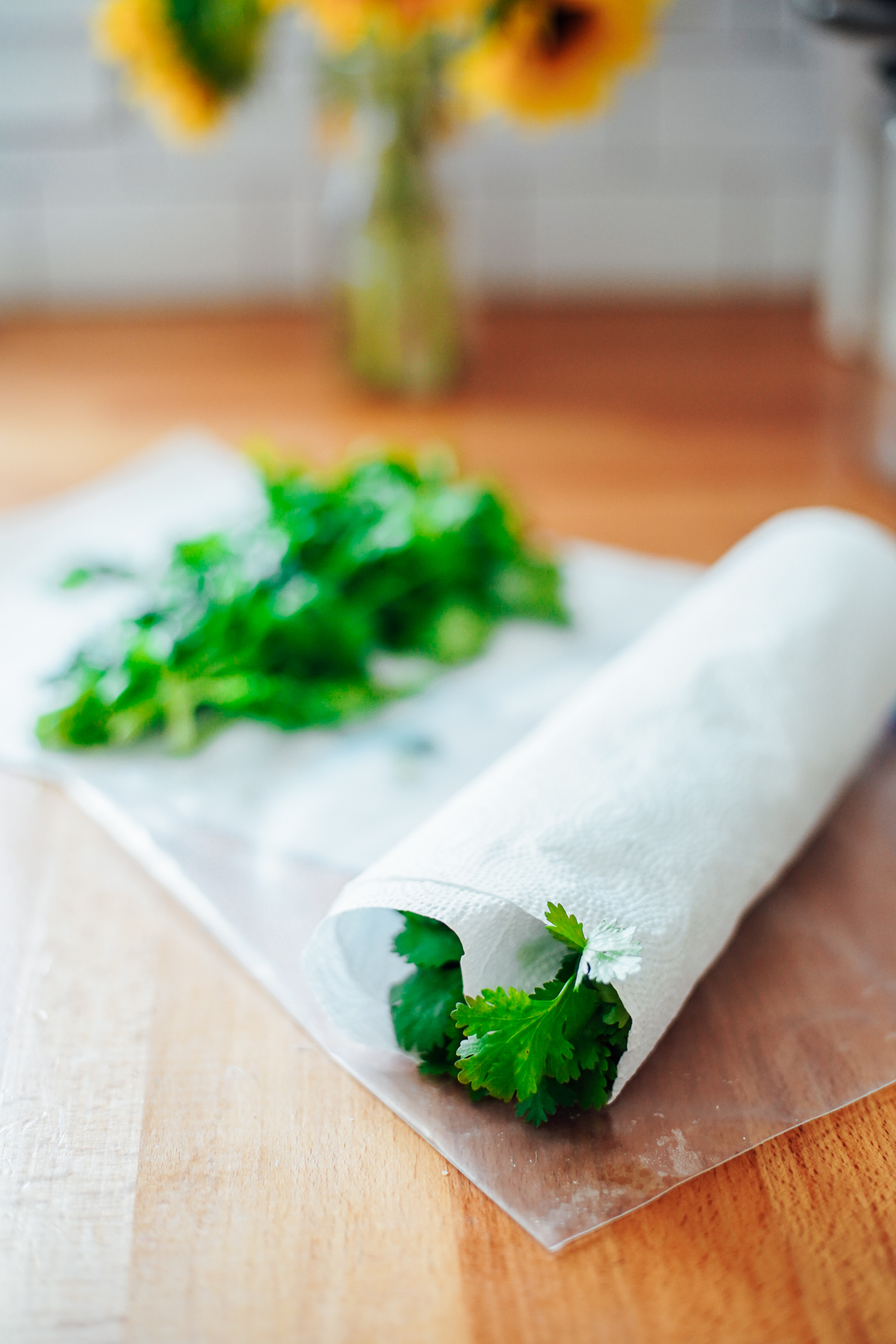
Method 2: Paper Towel & Ziploc Bag or Airtight Container
Ingredients and Tools You’ll Need
Place 1-2 layers of paper towel on the kitchen counter (or use a lightweight cloth towel, like a flour sack). Add the unwashed cilantro in a single layer over the top of the paper towel. Roll up the cilantro in the paper towel.
Place the rolled-up cilantro in an airtight container or Ziploc bag. Store in the fridge. If you have a large bunch of cilantro, you may need to separate the bunch into two portions and use multiple paper towels.
Shelf Life: Cilantro will keep for about 2 weeks this way. Change the paper towel if it becomes too wet.
Storage Tips
Video Guide: How to Store Cilantro & Other Fresh Herbs

How to Store Cilantro Guide
Ingredients
- 1 fresh cilantro bunch
Method 1: Glass of Water
- 1 wide-mouth mason jar 8 ounces or larger, or drinking glass
- 1 gallon-size plastic bag
- 1 rubber band
- 1-2 inches water
Method 2: Paper Towel & Bag or Airtight Container
- 1-2 paper towel sheets or a lightweight cloth towel, like a flour sack
- 1 gallon-size bag or airtight container (large enough to fit the rolled up cilantro)
Instructions
Method 1: Glass of Water
- Fill a mason jar or drinking glass a 1/4 the way full with water (about an inch of water). Place unwashed cilantro, stems down, in the water (like a bouquet of flowers). The base of the stems should sit in the water.
- Place a Ziploc bag (or a reusable silicone bag) over the cilantro leaves. Secure the bag at the mouth of the glass jar with a rubber band. Store the cilantro in the refrigerator.
- Shelf Life: Cilantro will keep for about 2-3 weeks this way. Change the water as needed. This easy trick is my favorite of the different methods.
Method 2: Paper Towel & Bag or Airtight Container
- Place 1-2 layers of paper towel on the kitchen counter (or use a lightweight cloth towel, like a flour sack). Add the unwashed cilantro in a single layer over the top of the paper towel. Roll up the cilantro in the paper towel.
- Place the rolled up cilantro in an airtight container or Ziploc bag. Store in the fridge. If you have a large bunch of cilantro, you may need to separate the bunch into two portions and use multiple paper towels.
- Shelf Life: Cilantro will keep for about 2 weeks this way. Change the paper towel if it becomes too wet.
Video
Notes
Don’t let it rot!
FREE PRODUCE GUIDE
21 Storage Hacks to Keep Your Produce Fresh
How to Wash Cilantro
Unless cilantro is overly sandy or dirty, simply run a handful of cilantro (both stems and leaves) under cold water before use.
If the cilantro is sandy and dirty and needs an extra washing, fill a large bowl (or the basin of a salad spinner) with cold water. Submerge the cilantro in the water for a few minutes. The dirt and sand should drop to the bottom of the bowl after a quick soak. Remove the cilantro and rinse with cold running water before drying.
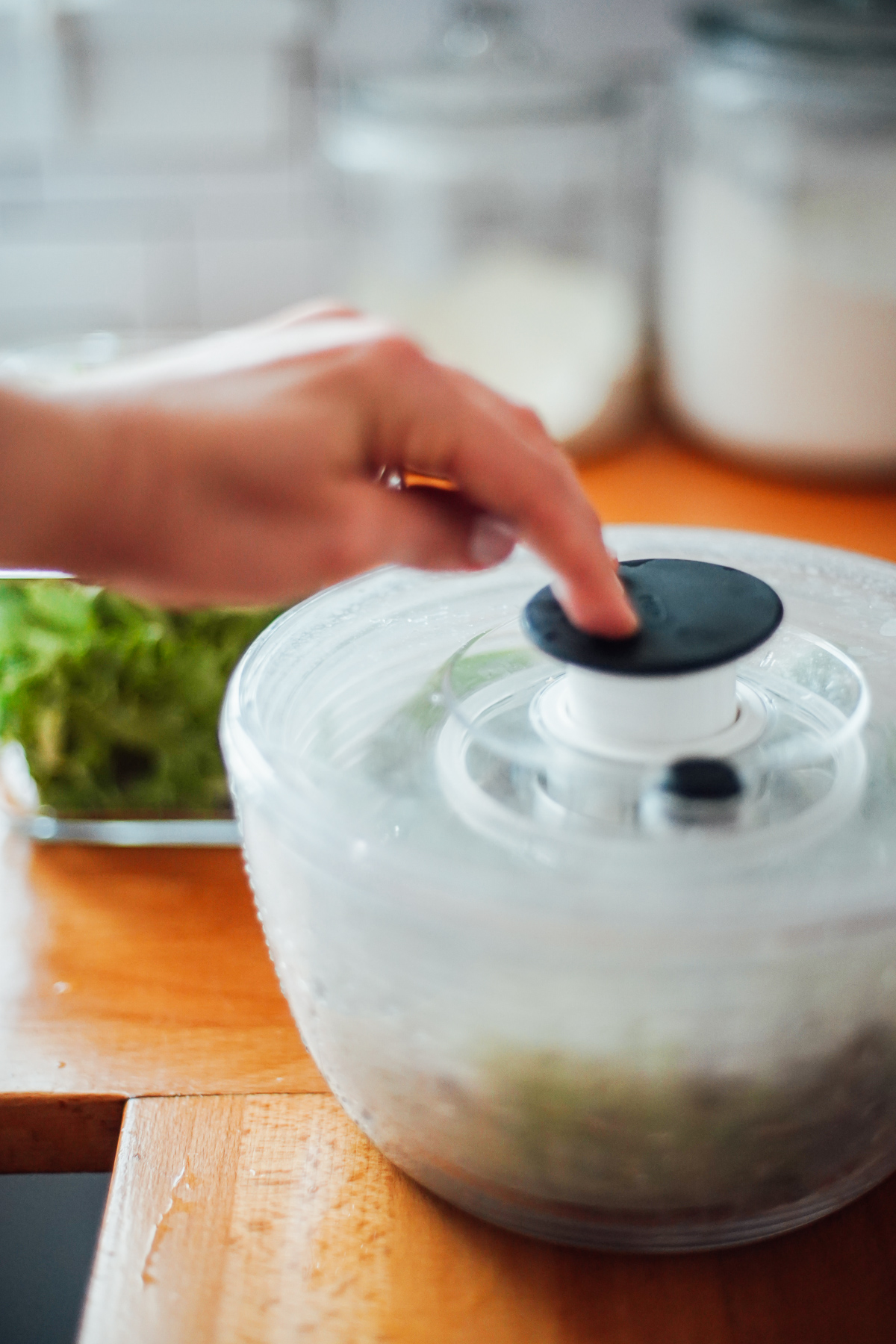
How to Dry Cilantro
One of the best kitchen investments you can make is to buy a salad spinner! It’s the most-used item in my kitchen.
Place the washed cilantro in the salad spinner and give it a spin for a few seconds.
If you don’t have a salad spinner, place the washed cilantro in a kitchen towel and pat the stems and leaves dry. This is much faster than the air dry method.
Or, bundle up the cilantro in a kitchen cloth, holding one end of the cloth like a bag (with the cilantro tucked inside), and give the cloth a good shake/spin. The shaking/spinning method is best performed outside–hello, wet kitchen!

How to Cut Cilantro
Check out this tutorial for how to chop cilantro for a detailed photo-by-photo example. The best part about cilantro is that you can eat both the stems and leaves! And both taste amazing, with great texture.
9 Delicious Uses & Recipes Using Cilantro
- Sprinkle chopped cilantro as a garnish over: enchiladas, quesadillas, black bean soup, sheet pan chicken fajitas, refried beans, “fried” rice, or chicken stir fry.
- Sprinkle over taco salad: combine lettuce, taco ground beef, tomatoes, shredded cheese, cilantro, sour cream, and tortilla chips.
- Sprinkle over homemade chicken and bean nachos.
- Make a slaw (great for tacos).
- Make a chicken and napa cabbage salad with bright, zesty cilantro flavor.
- Mix with tomatoes for a homemade fermented salsa or fresh blended salsa.
- Mash with avocados for a homemade guacamole.
- Make a cucumber, feta, and chickpea salad with zesty cilantro flavor.
- Mix with rice, just before serving. Add the juice from 1-2 limes for a cilantro-lime rice.
- Make a marinade for chicken by combining olive oil, lime juice, garlic, and cilantro.
- Make a cilantro salad dressing.
- Make chimichurri cilantro sauce and serve with grilled chicken kebabs.
How to Freeze Cilantro
If you want to preserve cilantro for a long time (up to 6 months), the best way to do this…
- Place cilantro (whole or chopped) in a freezer bag and then directly in the freezer. Use the frozen cilantro for making soups, curries, or add to meat when making tacos (for extra flavor).
- Puree cilantro (leaves and stems) in a blender or food processor, and blend with water or olive oil to make a paste. Pour the paste into an ice cube tray to make small cubes. Freeze. Drop the cubes into a freezer bag. Add cilantro cubes while cooking soup (like black bean soup), stews, sauces, or curry dishes.
- Learn how to freeze cilantro
Frozen cilantro will be limp after freezing, so it’s best to use the frozen herb for cooking; not garnishing dishes or making slaws or salads. Fresh cilantro is always best, in my opinion, but if you need to freeze cilantro, it is possible.
BEST
PRODUCE STORAGE METHODS

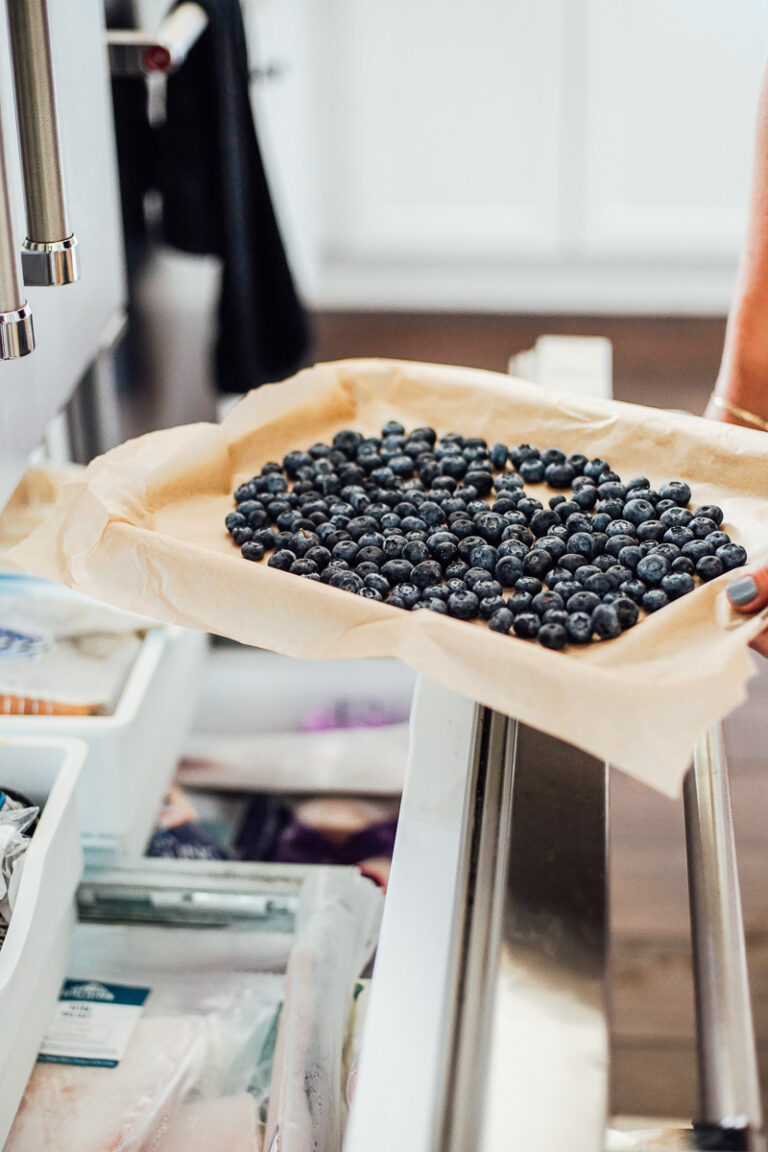

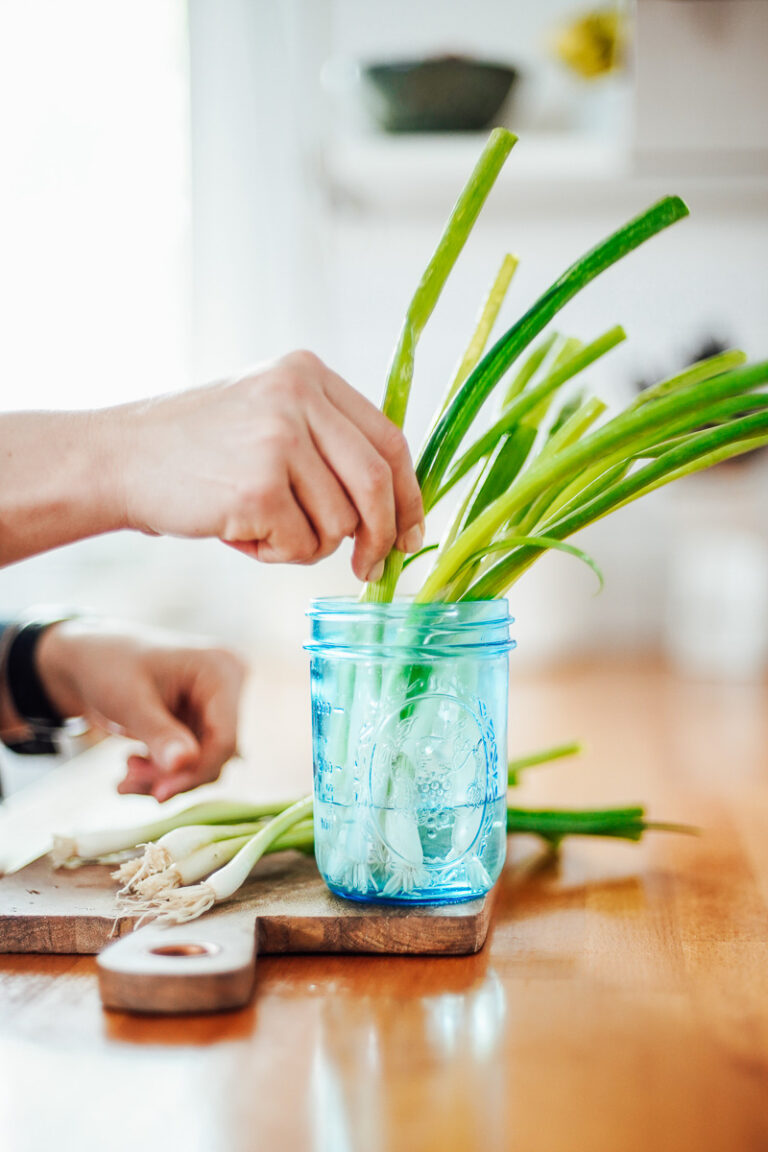
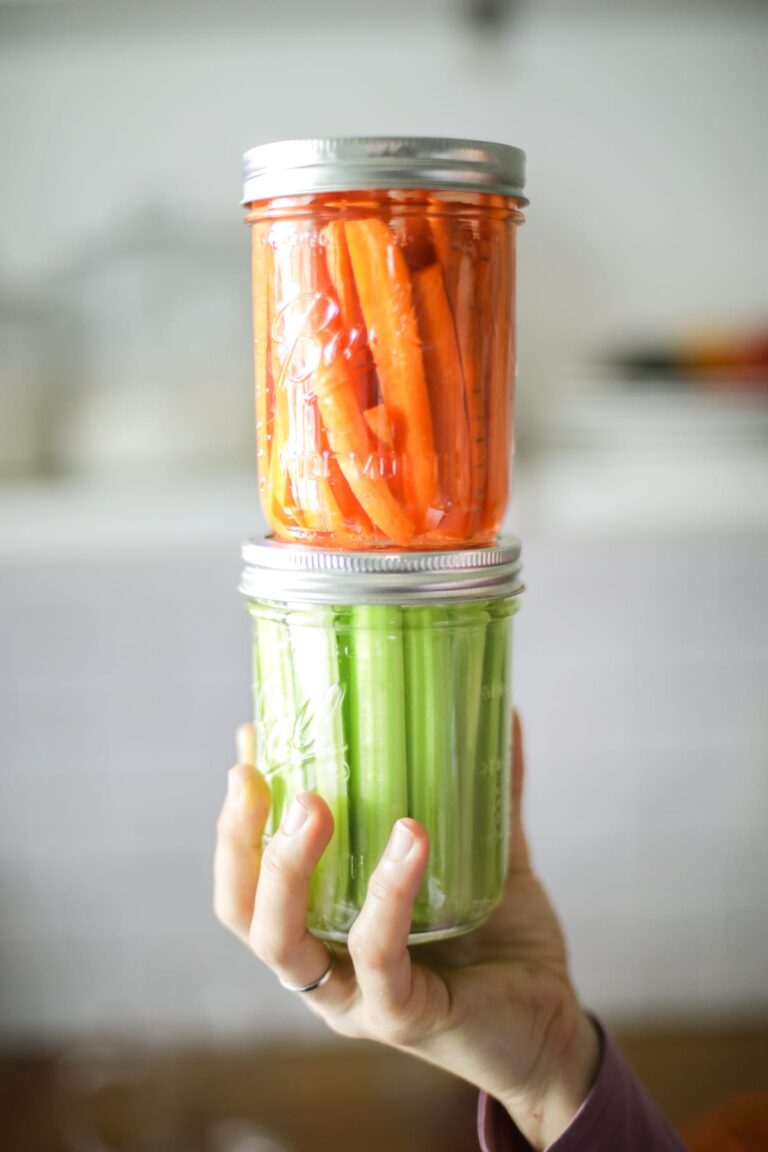
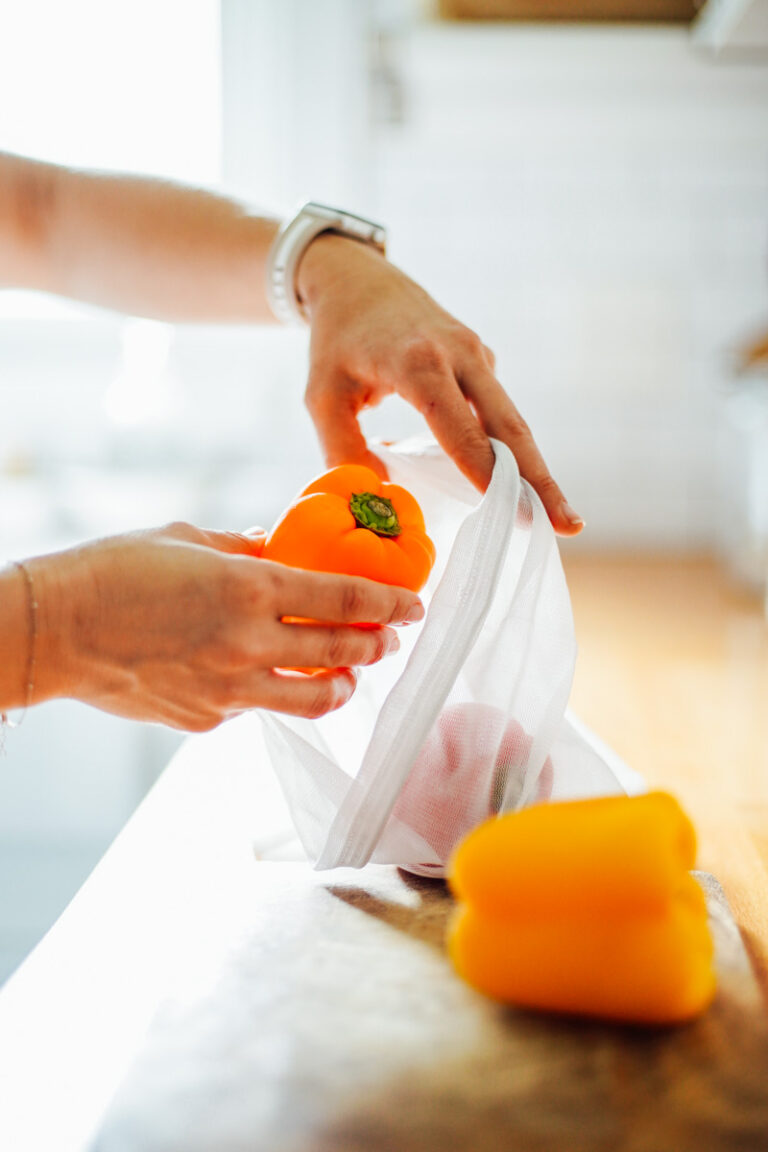
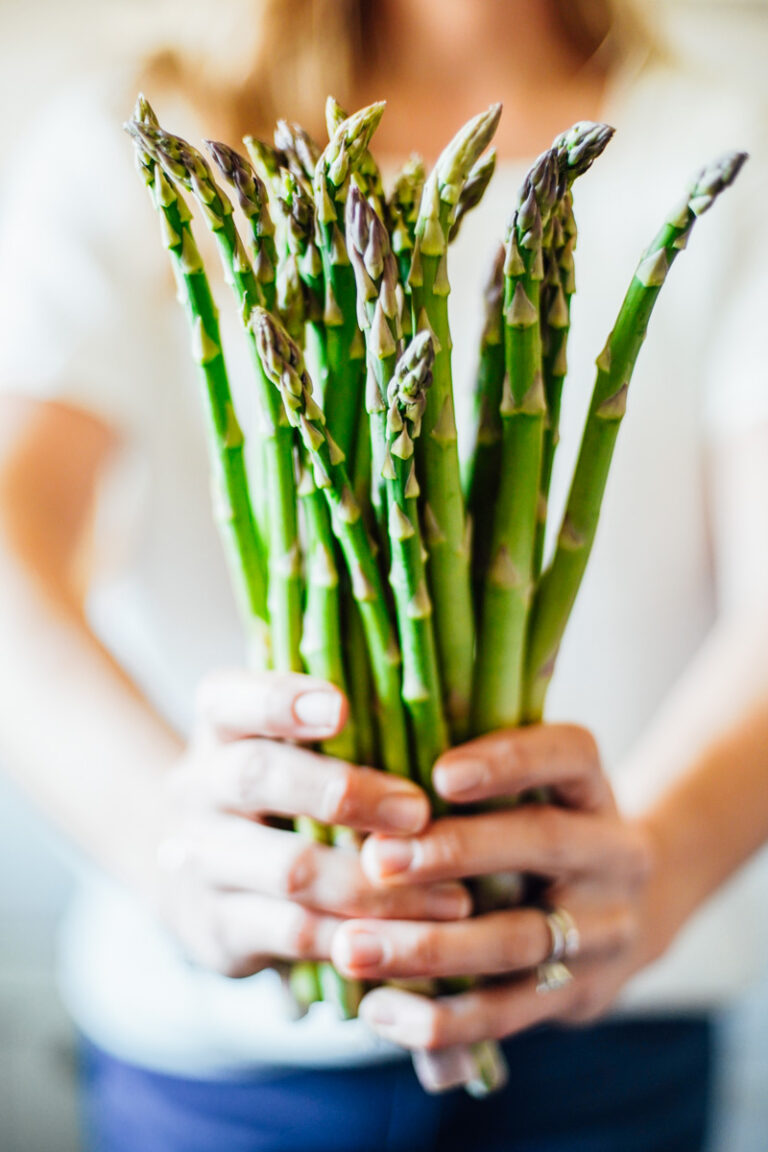
I personally love the bag and jar method. Let me know what your favorite method is for storing cilantro!